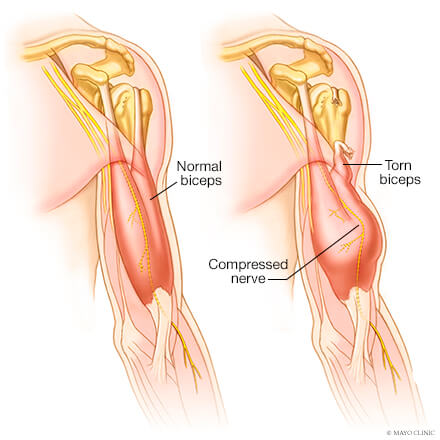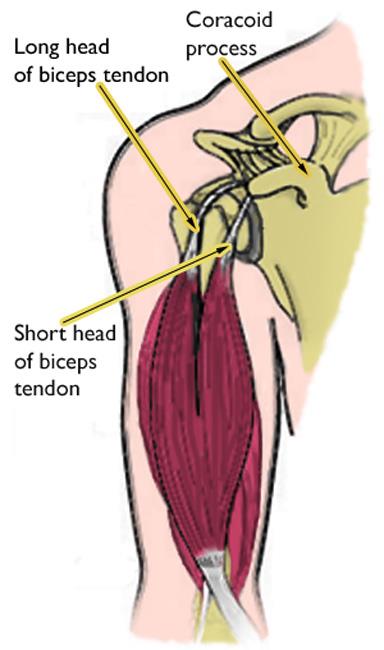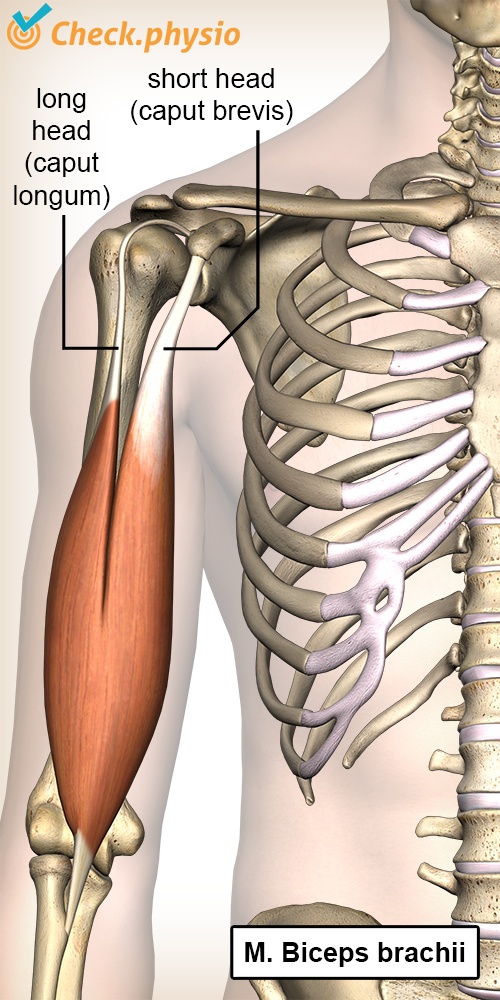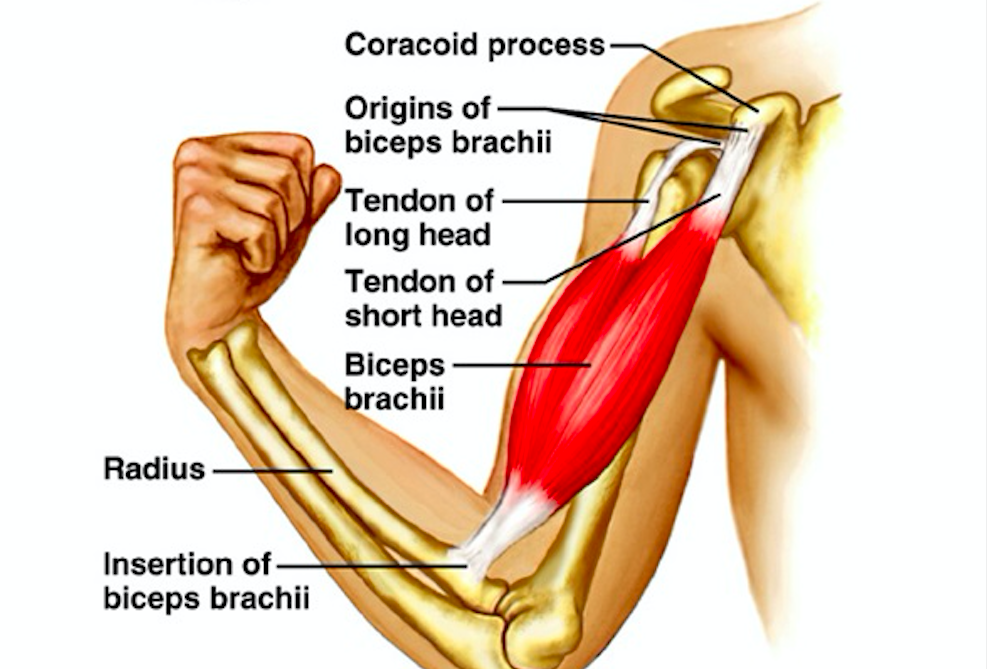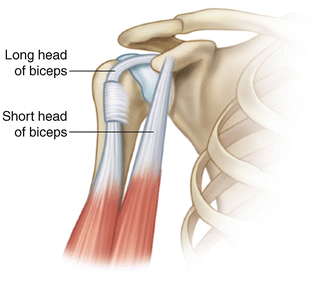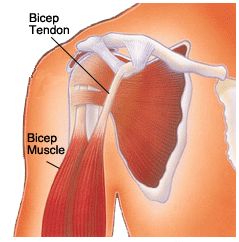Bicipital Groove Tenderness

The pain aggravates with shoulder flexion forearm supination or elbow flexion.
Bicipital groove tenderness. Bicipital tendinitis or biceps tendinitis is an inflammatory process of the long head of the biceps tendon and is a common cause of shoulder pain due to its position and function. The most common treatments for biceps tendon problems include a biceps tenotomy and a biceps tenodesis. Worse with arm internally rotated 10 degrees. The needle should enter the skin at 30 and be directed parallel to the groove.
Tenderness with palpation over biceps groove. Pain elicited in bicipital groove when patient attempts to forward elevate shoulder against examiner resistance while elbow extended and forearm supinated. Palpating the biceps tendon as it passes through the bicipital groove to identify any. Pain in the bicipital groove indicating biceps tendinitis subluxation of the long head of the biceps brachii muscle and presence of a slap tear.
The most common finding of biceps tendon injury is bicipital groove point tenderness 1 during physical examination the patient stands or sits with the arm at his or her side in 10 degrees of. May also be positive in patients with slap lesions. This makes it difficult to distinguish from pain that is secondary to impingement or tendinitis of the rotator cuff or cervical disk disease. Bicipital tendinitis or biceps tendinitis is an inflammatory process of the long head of the biceps tendon and is a common cause of shoulder pain due to its position and function.
It also transmits a branch of the anterior humeral. The bicipital groove intertubercular groove sulcus intertubercularis is a deep groove on the humerus that separates the greater tubercle from the lesser tubercle the bicipital groove lodges the long tendon of the biceps brachii between the tendon of the pectoralis major on the lateral lip and the tendon of the teres major on the medial lip. Surgical treatments of the biceps tendon may be considered. To inject into the area of the long head of the biceps tendon the needle is inserted directly into the most tender area over the bicipital groove.
It identifies the presence of a pathology involving the biceps tendon or glenoid labrum the specific positive findings to the test include. The pain is usually localized to the bicipital groove and may radiate toward the insertion of the deltoid muscle or down to the hand in a radial distribution. The tendon is exposed on the anterior shoulder as it passes through the humeral bicipital groove and inserts onto the superior aspect of the labrum of the glenohu. Pain in the region of the anterior shoulder located over the bicipital groove occasionally radiating down to the elbow.
With the patient sitting or lying the biceps tendon is identified in the groove and the point of insertion noted.








